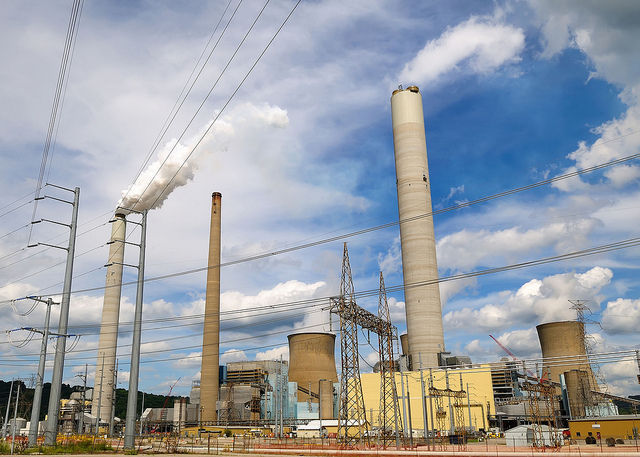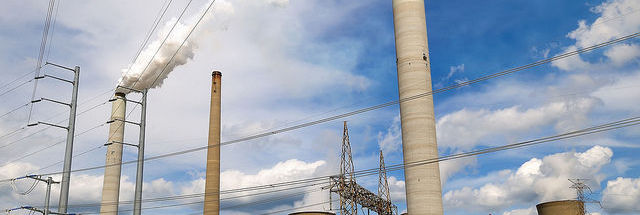
The sulfer-coal-burning John E. Amos Power Plant in West Virginia.
On Thursday, the US Supreme Court issued a ruling in a case that will severely hamper the ability of the US to limit its carbon emissions under the Clean Air Act. In an unusual move, the court kept a case alive that was focused on an emissions plan formulated by the Obama-era Environmental Protection Agency—even though that plan was discarded and replaced by both the Trump and Biden administrations.
In its ruling, the Supreme Court determined that the EPA has only been granted the power to control emissions from existing facilities—it cannot force utilities to shift to different, cleaner-generating technologies. This will make it extremely difficult to use the Clean Air Act to compel a shift from coal to renewables, and it raises questions about whether the Clean Air Act can be used to set effective climate policy at all.
Twists and turns
The case is a product of a legal back-and-forth that started nearly two decades ago. During the Bush Administration, the EPA decided that the Clean Air Act did not give the agency the authority to regulate carbon dioxide emissions. A number of states sued, and the case eventually made it to the Supreme Court, which ruled that the EPA’s claim was incorrect: the Clean Air Act required it to determine whether greenhouse gas emissions posed a threat to the US public.
Bush’s EPA was forced to rely on the science and crafted a document called an “endangerment finding” that concluded that greenhouse gasses do, in fact, pose a threat. But the administration ran out the clock on its second term without issuing the finding, leaving it to the Obama administration to issue one and begin the process of releasing regulations. It did so, only to end up in court long enough to have the Trump administration rescind the regulations and issue a plan that would “address” carbon dioxide emissions without requiring any emissions cuts.
That non-plan also ended up in court long enough to allow Biden to be elected, at which point the new EPA withdrew it. Normally, this would be where courts would declare the suits against the Trump plan moot since the plan had been withdrawn, and the EPA would begin the process of formulating new regulations. And in fact, a District-level court vacated the suit against the EPA. But in an unusual move, the US Supreme Court kept the case alive to address questions brought by a coalition of states and coal companies regarding the plan formulated by the Obama-era EPA.
The issue there concerned which methods the EPA could use to lower national carbon emissions. The Clean Air Act directs the agency to identify the “best system of emission reduction… that has been adequately demonstrated.” This rules out the use of carbon capture on fossil fuel plants, as that technology has not been anywhere close to adequately demonstrated. In its absence, there’s no way to bring coal plant emissions down significantly; as such, the Obama-era EPA devised regulations that encouraged a shift to cleaner generating sources.
This convoluted history ultimately resulted in West Virginia vs. EPA, which asked the courts to keep use cases that were otherwise moot to serve as a vehicle to determine whether the EPA has the power to formulate regulations that would result in changes to the generating technologies used on the power grid.
In a decision authored by Chief Justice John Roberts and joined by his fellow conservative court members, the Supreme Court has now formally revived the case and sent it back to a lower court. The Supreme Court has also determined that the EPA overstepped the powers it had been granted by the Clean Air Act. This means that the EPA can only address carbon emissions by establishing limits on existing generators that can be met via established technology. This will make it very difficult, if not impossible, to bring emissions from coal plants down and thus harms a key component of the Biden climate policy.
We’re currently reading the decision and will update this story with details shortly.








